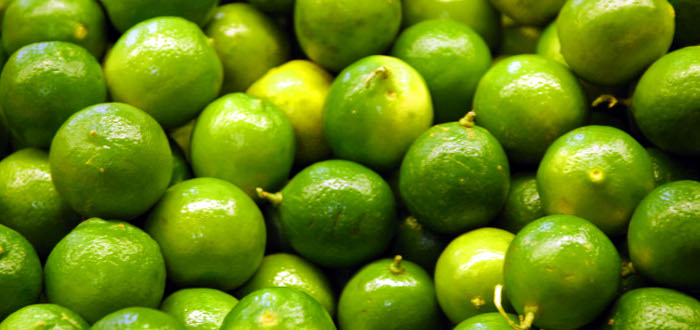Every day, Mezcal’s back-of-the-house staff squeezes fresh lime juice for margaritas. But for the suddenly inflated price of the tropically grown citrus, they may as well be extracting liquid gold, says Adolfo Gomez, owner of the downtown San Jose Mexican bistro.
Six weeks ago, he paid just $25 for a 40-pound case. The price has since shot up to more than $100, thanks to a combination of a lime tree-infecting bacterium, drug cartels and unseasonably wet weather down south.
“For now, the restaurant will be covering the cost of the lime prices increase,” says Gomez, who went from paying $175 a week for limes a month-and-a-half ago to $700 a week now. “But we hope the cost will start going down soon.”
By the latest official assessment, American grocery stores charge an average of 53 cents a lime, according to the U.S. Department of Agriculture. A year ago, the price hovered around 20 cents apiece.
Ag experts blame last year’s heavy rains in the Mexican states of Michoacan, Guerrero and Veracruz for stymying the crop. In nearby Colima, Mexico’s biggest lime-growing state, a bacterium called huanglongbing, or citrus greening, is devastating the trees. Add to that political conflicts arising from Mexican drug cartels and we get an unprecedented surge in the price of limes. Since the U.S. gets 98 percent of its limes from south of the border, those problems trickle down to the local consumer.
“The type of disease that’s affecting the crop in Mexico can actually infect any type of citrus,” Santa Clara County Agricultural Commissioner Joseph Deviney says. “We’ve done a pretty good job of keeping it out of California, where citrus crops are valued at $2 billion. What it does is it prevents the fruit from maturing. For limes, it prevents them from turning green. It keeps them from growing, so they stay small and, eventually, the tree dies.”
Bars and Mexican restaurants like Mezcal are the hardest hit by the price gouge, says Angie Pappas, spokeswoman for the California Restaurant Association. The South Bay, with its proliferation of Mexican and Vietnamese restaurants, should feel a pretty significant effect.
“We’re hearing from our members saying they’ve had to make some pretty big changes, like switching to lemon juice or reeling back the use of limes as a garnish,” Pappas says. “But for places that rely a lot on margarita sales or dishes that specifically require limes, they will have to raise menu prices or eat the cost. In some cases, they feel like they can’t compromise.”
Like Gomez, who can’t peddle his signature margaritas without that one key ingredient.
“I’m not too worried about garnish for our food and drinks,” he says. “The cost really gets us because we squeeze our lime juice daily.”

 Opera Cultura Draws from Mexican Immigrant Stories to Create Relevant Opera
Opera Cultura Draws from Mexican Immigrant Stories to Create Relevant Opera  What?! Lil' Jon and T-Pain Arrive at Silicon Valley Night Clubs This Week
What?! Lil' Jon and T-Pain Arrive at Silicon Valley Night Clubs This Week 


